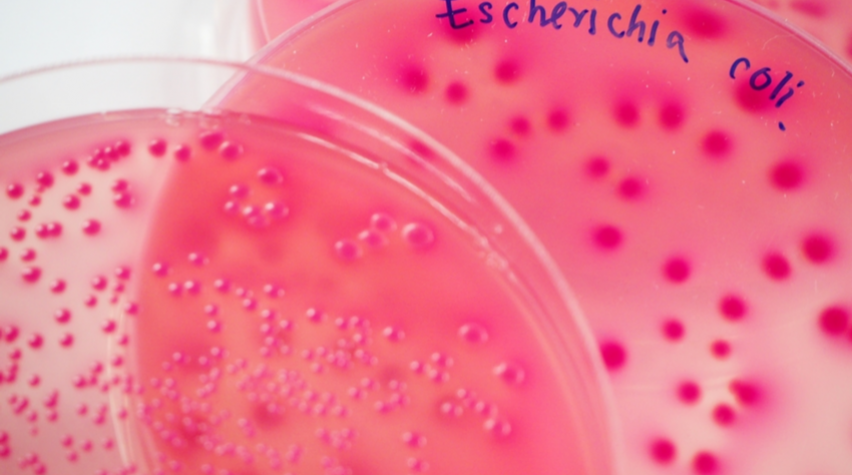
As the world searches for solutions to reducing CO2 in the atmosphere, scientists at Scotland's University of Dundee have devised a method that harnesses E. coli to potentially capture, store, or recycle CO2.
Harnessing bacteria's natural abilities
When E. coli grows in the absence of oxygen, it has the ability to create a metal-containing enzyme called FHL, which can introconvert gaseous carbon dioxide with liquid formic acid. Taking advantage of this process could allow for capturing and storing CO2, or even allow industry to use the formic acid for various products. This natural conversion process, however, is slow and not always reliable, so the researchers have devised a way of improving it.
The solution was to put the entire process under pressure. When E. coli containing the FHL enzyme are placed under pressurized CO2 and hydrogen gas mixtures at pressures up to 10 atmospheres, the conversion of CO2 to formic acid occurs, and it happens in just a few hours at room temperature.
Industrial uses for resulting formic acid
It is hoped that this method could be used to both capture and store CO2. In addition, the formic acid that results could be used in the production of various other products since it has numerous industrial uses, ranging from serving as a coagulant in rubber production to a de-icer for airport runways.
To learn more about these scientists' work, see their published findings in Current Biology.


